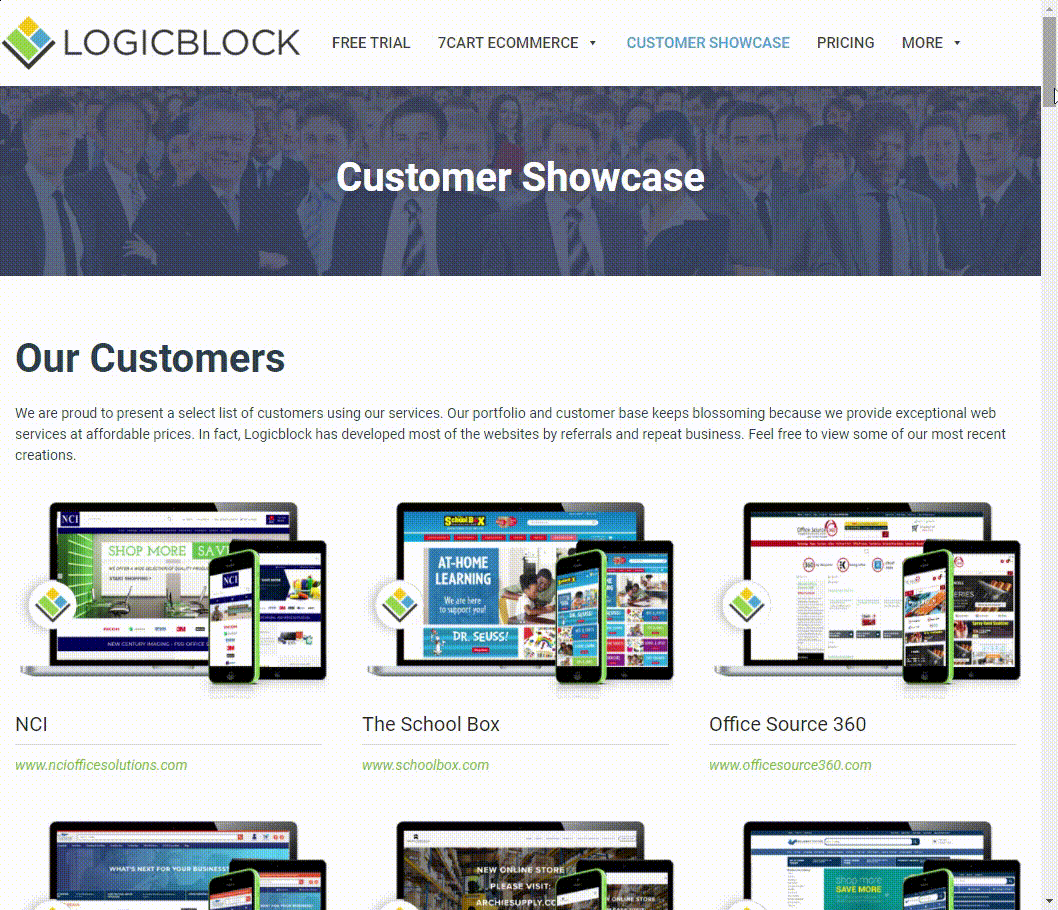Did you know that Millennials carry roughly $1.3 trillion in annual buying power?1 In fact, it is predicted that Millennials will have the most spending power of any generation by the year 201,2 surpassing Baby Boomers, with a projected income of $3.39 trillion.3 Statistics like these are hard for any marketer or business owner to ignore. Successfully reaching Millennials offers huge opportunity for businesses. But how do you go about reaching the largest, most diverse generation in the U.S. population?4 Capitalizing on the following digital marketing techniques can help:
Outbound Marketing vs. Inbound Marketing

First things first, realize that outbound marketing (or traditional forms of marketing such as commercials, print advertisements, cold calls, and etc) are outdated. Inbound marketing (known as grabbing the attention of potential customers via blogs, social media, search engine optimization, and more) is vital to your company’s success.
Think about it this way: Millennials have been shaped by technology and are more connected to it than any previous generation. Although several technological advances were made and witnessed by older generations (such as the radio, television, or the first man on the moon), Millennials grew with the rise and changes of personal computers and smartphones. They have had access to a vast amount of information at their fingertips since such a young age, something older generations had to get used to or learn. Integrating more inbound techniques versus focusing on outbound techniques within your marketing plan is important.
4 percent of Millennials admit that word-of-mouth influences their product purchases as opposed to traditional marketing advertisements. In fact, only 17 percent say a TV ad promoted them to buy a product5. Where do they find these word-of-mouth influences? From their connections on social media.
Social Media Marketing

It is important to note that five out of six Millennials in the United States connect with companies on social media networks. Furthermore, 7 percent of adults ages 1 to 29 use Facebook, with 53 percent on Instagram, 37 percent on Twitter and 34 percent on Pinterest.6 Having an existing, consistently updated social media presence across multiple platforms is a way to grab the attention of this generation. They are active social media users and often turn to these outlets to express their happiness or frustration with a business or product. It is important to constantly monitor your channels for either of the above since social influence has a lot to do with buying habits.
Offering incentives (such as coupons or contests) through social is also another way to go. It has been noted that 64 percent of Millennials in the United States like a company or brand on Facebook to score a coupon or discount. 7 In addition, 51 percent are more inclined to share information with companies in exchange for an incentive.8 This is a great way to gather market research.
Mobile Marketing

Why does mobile matter for eCommerce? Several purchases are made via smart phones. More than 5 percent of Millennials, in particular, own smart phones9 and they use their smart phones on average 45 times a day.10
Is your website mobile ready? Millennials are the first generation to have a smartphone from a very young age so it makes sense that they never leave their home without their trusted phone. Having your site mobile ready allows Millennials to instantly access your store and make quick purchases in moments.
Content Marketing

Millennials spend hours online, craving content-driven media. With the rise of popular blogs such as Buzzfeed, the push toward having quality content is gaining speed. Having information available at their fingertips, they are able to discover and share many things with the online community within seconds. Keeping an updated blog, or making sure the content on your website is resonating with your target audience is imperative. When writing your content, remember who your target market is and what question they asked themselves to get to your blog.
Sources:
1: Boston Consulting Group
2: Bazaar
3: Oracle
4: The Council of Economic Advisers
5: Intrepid
6: Pew Research Center
7: University of Massachusetts Dartmouth
8: USC Annenberg Center for the Digital Future
9: Nielsen
10: SDL

